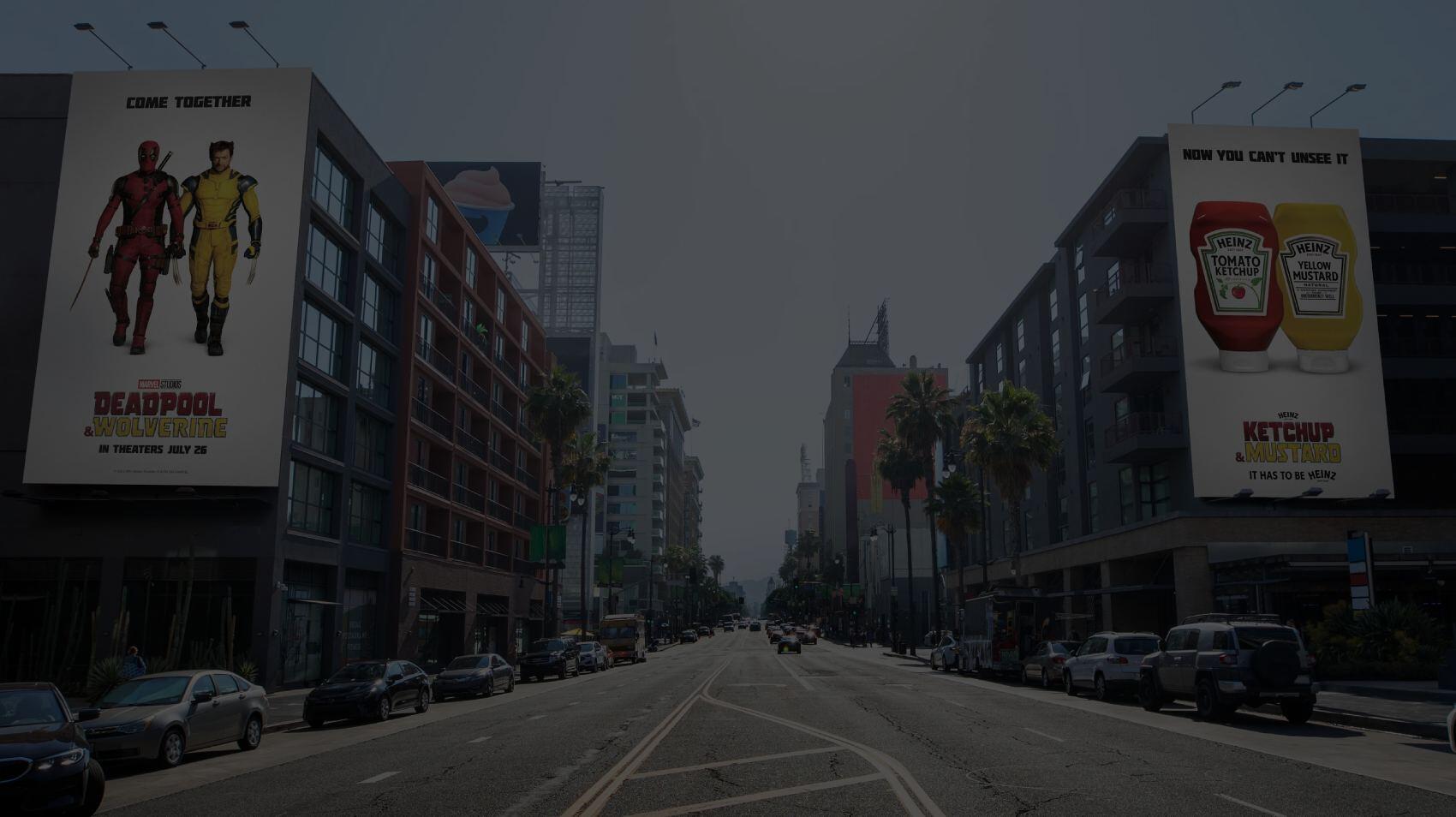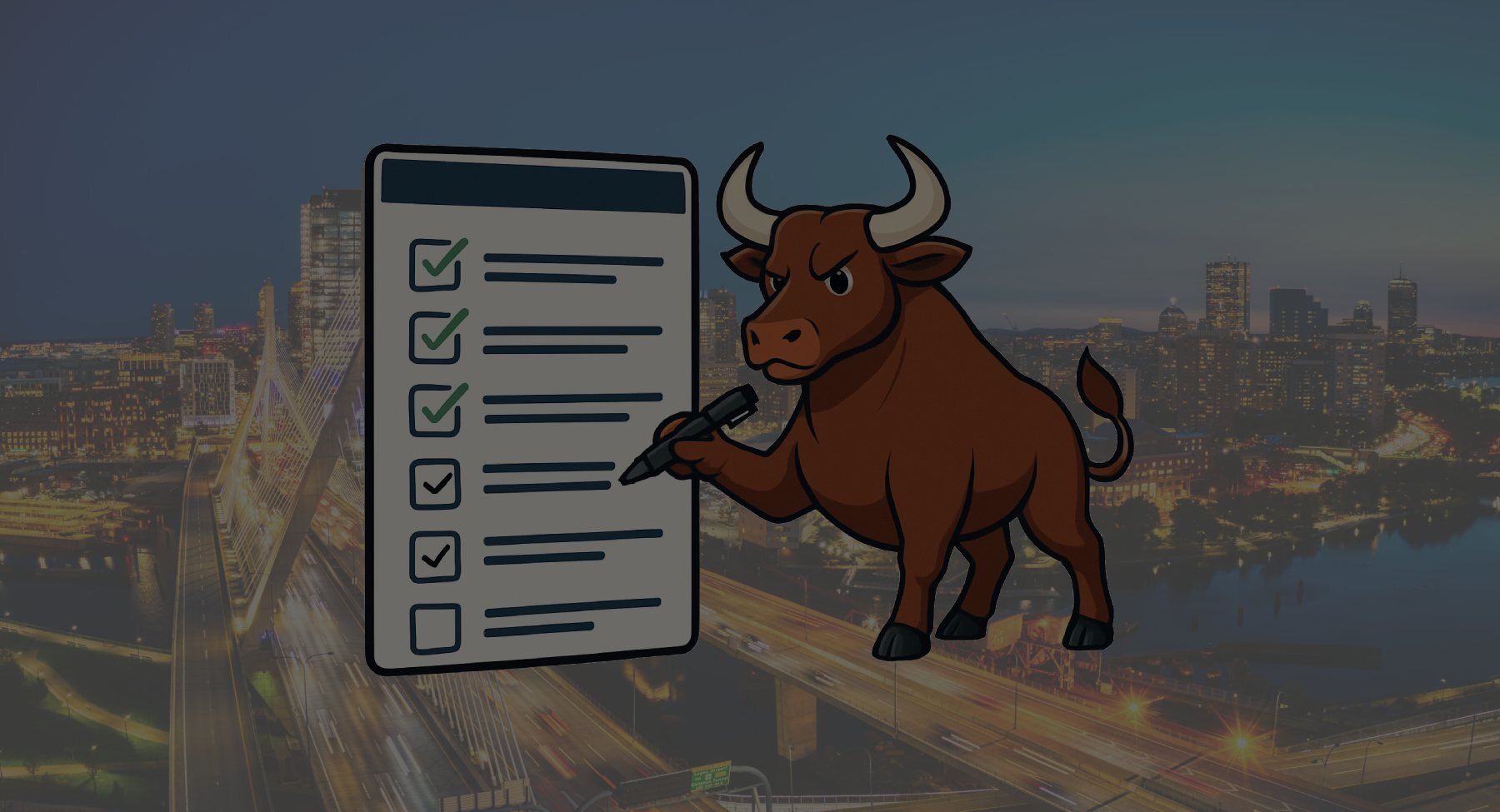Influencer marketing is no longer a trend. It’s a core growth channel for brands trying to stay relevant, drive sales, and build social proof. But the first question marketers always ask is: how much does it cost to hire an influencer?
TLDR / Key Summary
- Influencer pricing depends on platform, audience size, and content type
- Micro-influencers (10K–50K followers) charge $100 to $1,000 per post
- Mid-tier influencers (50K–500K) range from $1,000 to $5,000+
- Top-tier and celebrity creators can exceed $10,000 per post
- YouTube and video-based content tends to be more expensive
- Usage rights, exclusivity, production costs, and post bundles affect pricing
- Always ask for a rate sheet or media kit and negotiate based on your goals

What influences the cost of hiring an influencer?
There’s no set rate card. The cost to hire an influencer depends on:
Estimated Cost Per Social Media Platform
Instagram is cheaper than YouTube. TikTok is rising fast but pricing varies by niche.
- Instagram story: $100–$2,000
- Instagram post: $250–$5,000
- TikTok video: $200–$20,000
- YouTube integration: $500–$50,000+
Follower Count
Bigger audiences mean higher price tags. Here’s a rough guide:
- Nano-influencer (<10K): $50–$200 per post
- Micro-influencer (10K–50K): $100–$1,000
- Mid-tier (50K–500K): $1,000–5,000
- Macro (500K–1M): $5,000–10,000
- Celebrity (1M+): $10,000+
Buyer Beware: Follower count is a vanity metric. Just because someone has 100,000 followers doesn’t mean 100,000 people will see your post. In fact, only 2% to 10% of followers typically see Instagram content without paid promotion! The algorithm favors engagement, not follower total. If a post doesn’t get immediate likes, comments, or saves, it tanks. So unless the creator has a proven track record of reach and conversions, don’t overpay for empty numbers.

Engagement Rate
A smaller creator with loyal, active followers can outperform a large account with weak engagement. CPM (cost per thousand impressions) often beats vanity metrics.
Content Type
A quick selfie is cheaper than a polished YouTube ad. The more effort, the higher the rate.
Deliverables
One post or a package of three? Is there a video series? A giveaway? The scope matters.

How to budget for influencer marketing
Start with what you want to accomplish. Don’t pick a creator just because they look popular. Budgeting starts with intent.
Set clear goals & expectations
Are you trying to:
- Drive sales with a promo code?
- Boost awareness before a product launch?
- Grow your social following?
- Create high-quality user content?
Each goal might require a different kind of influencer or campaign.
Offer affiliate or performance-based pay
You don’t always need a flat fee. Many influencers are open to hybrid deals like:
- Paid post + affiliate link
- Free product + commission
- Tiered performance bonus
Negotiate based on what matters
Here’s what you can negotiate:
- Usage rights (can you repurpose the content?)
- Exclusivity (will they avoid your competitors?)
- Turnaround time (rush fees may apply)
- Bundled posts (multiple posts for a discount)
Influencer Calculator: Calculate ROI
If you pay $1,000 and make $5,000 in tracked sales, that’s a win. Not all ROI is immediate—sometimes the value is in long-term content usage or brand association.

Example influencer pricing by platform
- Story only: $150–1,000
- Post only: $300–3,000
- Story + Post: $500–5,000
TikTok
- Short video: $200–5,000
- Trend/join-in video: $1,000–20,000 depending on creator size
YouTube
- Mid-roll ad read: $500–5,000
- Full sponsored video: $2,000–50,000+
- Monthly sponsorship: $5,000–100,000+
These are ballpark ranges. Always ask for a rate sheet or media kit, but you can see it's a broad range where you have room to negotiate based on the viewership you should see.

6 Types of influencer deals to consider:
Flat fees aren’t your only option. In fact, 68% of brands now use more than one type of influencer compensation model to stretch their budget and track results. Here are six proven formats—and when to use them:
1. Gifting
Send product instead of cash. This works best with nano or micro-influencers (under 50K followers) who genuinely like your niche.
- Example: A skincare brand sends $100 worth of product to 20 beauty creators for unboxing videos.
- Cost = $2,000
- Reach = 250,000+ views.
2. Sponsored Content
This is the classic paid post. You’re buying access to their audience. It’s best for mid-to-large creators where reach is more predictable.
- Example: A fashion brand pays $750 for a TikTok try-on haul that includes a CTA to shop with a discount code.
3. Affiliate Deals
Performance-based. Creators earn a cut of every sale they generate. Great for ROI tracking and long-term scale.
- Example: An online course offers 30% commission through a custom link.
- One creator makes $2,100 in a week with three Instagram Stories.
4. Brand Ambassadors
Ongoing relationship, not a one-and-done post. Ideal for trust-building and content consistency.
- Example: A fitness app partners with a trainer who posts weekly workouts, branded gear, and uses a promo code in every video.
5. Platform Takeovers
The creator posts directly to your brand’s account. This boosts your brand’s page engagement and cross-pollinates their audience with yours.
- Example: A travel influencer takes over a resort’s Instagram Stories during their weekend stay, showing behind-the-scenes access.
6. Giveaways
Great for driving followers, email signups, or UGC. Just make sure the incentive aligns with your product.
- Example: A DTC coffee brand runs a giveaway with a creator: “Follow both accounts + tag a friend to win a 3-month coffee subscription.”

ROI of Influencer Marketing Drops Over Time
Influencer ROI isn’t a one-and-done play. Based on this data, micro-influencer campaigns tend to hit hardest early—Month 2 sees a 40.6% return, the peak of performance. But results taper off fast, dropping to 22.6% by Month 4 and falling below 10% by Month 8. By Month 12, ROI flatlines to just 4.7%. What this tells you is clear: the longer you rely on the same creator with the same message, the less impact it has. Influencer marketing works, but it’s front-loaded. Brands need to refresh creative, rotate talent, or layer in new channels if they want to sustain results.

Chart: Study from Neil Patel where they analyzed 10 companies that each pay over 200 influencers every month.
Final thoughts
There’s no universal price for hiring an influencer. Rates change based on audience size, engagement, platform, usage rights, and the creator’s production style.
The smartest brands don’t just pay for reach. They pay for influence. That means asking the right questions, setting measurable goals, and building a partnership instead of a transaction.
If you’re looking to work with a local influencer in Boston, check out our influencer marketing page or consider hiring Marc Lewis (one of the city’s top content creators).
Influencer marketing works—when it’s done right. You can always get a quote from us on the best ways to use the marketing dollars to make your reach go the furthest!



